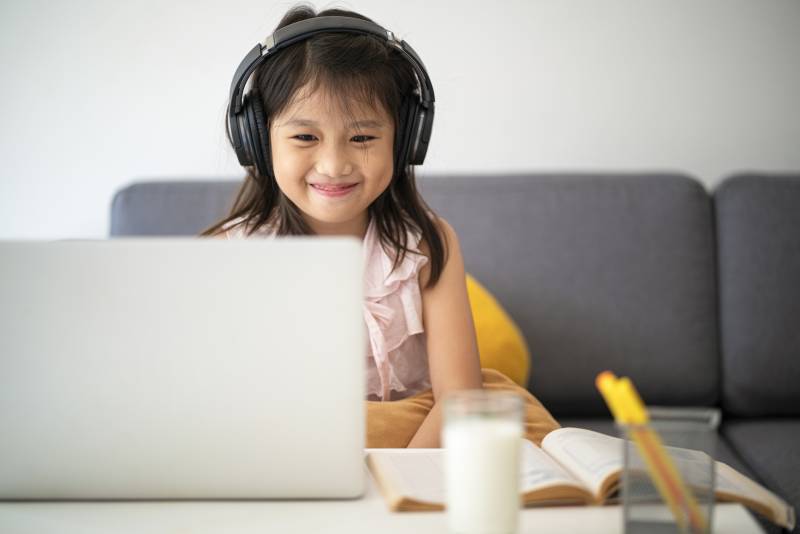Almost everything we know about friendship in schools was learned from research conducted in classrooms and intended for use during in-person education. Now that many children in the United States are learning at a distance, teachers and parents need new strategies to make the most of peer relationships. Phyllis Fagell, a school counselor in Washington, D.C. and author of Middle School Matters, spoke with MindShift about how best to support existing friendships, promote the formation of new ones, encourage healthy friendship, and put friendships to work as an academic resource. The exchange has been lightly edited for clarity.
Let's say we have two students who were buddies last year. How can schools support that relationship from a distance?
One of the challenges of growing up even before coronavirus is that friendships cycle in and out. They're at once critically important to kids and also fragile, because kids are learning skills such as empathy and flexibility, and many don't yet have a strong sense of self. They're trying on new identities and moving between peer groups. Now add on remote learning and the heightened sensitivity that comes from not being able to smooth out misunderstandings in person, plus the awkwardness of interacting through a screen when you may not be that adept at carrying on an insightful conversation in person, and then the layers of stress they're feeling about what's happening in their lives and the world. That cumulative anxiety can lead to more impulsivity and greater potential for conflict.
I think explaining all of this to kids is helpful, both in terms of normalizing that everyone is a bit insecure and out of sorts, and in terms of communicating why they need to assume positive intent, and pause before posting or doing anything out of anger.
Schools can be thoughtful about how they pair kids for group projects and make kids aware of their resources, too. A counselor could help them talk through a dispute if they need mediation support, or offer emotional support to a student who is feeling left behind by a friend, all over Zoom.
This fall marks the first time most kids met unknown classmates virtually. For some this is a transition year from elementary to middle school. How can educators promote new friendships? Do you anticipate digital interactions making it harder or easier to form friendships across traditional chasms like gender, race, and class?
Schools can thoughtfully pair families who already are a part of the community with new families, incorporating buddy programs, and host "mix it up" virtual lunches to expand kids' peer groups. I actually think this can happen more organically during remote learning than face-to-face instruction. It's more daunting to sit with strangers at a table in a crowded school cafeteria than to attend a virtual lunch with a visiting speaker or to participate in a mixed-grade book club online. Once you have kids with different backstories in a Zoom room, you can do some icebreakers and get-to-know-you activities. Schools also can ask kind kids with social capital to take a leadership role, brainstorming ideas for ways to reach out to kids who may be feeling isolated.


